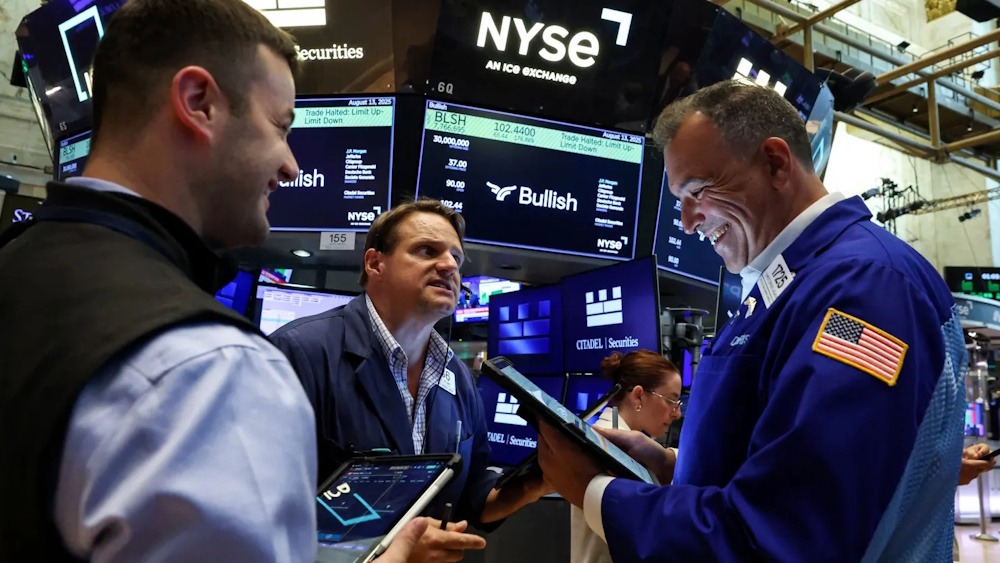
S&P Futures experienced an uptick on Thursday, driven by robust bank earnings that redirected investor attention away from domestic and international risks. This comes as the U.S. government shutdown enters its third week, alongside ongoing trade tensions with China. Futures associated with the Dow Jones Industrial Average increased by 155 points, representing a 0.3% rise. S&P futures increased by 0.3%, whereas Nasdaq 100 futures rose by 0.5%. J.B. Hunt Transport Services experienced a notable increase of over 13% following its outperformance against market’s earnings and revenue projections. Meanwhile, Salesforce saw its shares rise by 6% after delivering a robust forecast during its annual Dreamforce conference. Shares of United Airlines declined by 2%, conversely, following the airline’s revenue falling short of expectations.
On Wednesday, equities experienced volatile trading; however, both the S&P 500 and Nasdaq concluded the session with gains, buoyed by robust earnings reports. This week has witnessed a rise in volatility, notably due to escalating trade tensions between the U.S. and China characterized by reciprocal actions. The Cboe Volatility Index, commonly known as Wall Street’s fear gauge, concluded the day at 20.6. Equities have fluctuated following President Donald Trump’s announcement on Tuesday regarding a potential trade ban on cooking oil imports from China. The retaliatory action was initiated as Beijing reduced its purchases of U.S. soybeans, a consequence of the tariffs imposed by Trump earlier this year. Trump has threatened to impose an additional 100% tariff on goods imported from China, in reaction to the country’s recent export controls on rare earth minerals.
The Trump administration intends to establish price floors in various sectors to address market manipulation by China, as stated by Treasury Secretary Scott Bessent in an interview. Investors remain vigilant as the U.S. government shutdown extends into its third week. The cessation has resulted in an indefinite suspension of essential economic data publications from federal agencies, leaving traders with diminished information during a period when apprehensions regarding the labor market, the impact of tariffs on consumers, elevated interest rates, and historically high market valuations persist as significant considerations. LPL chief technical strategist Adam Turnquist noted that while the S&P 500 has experienced a record-setting rally since the beginning of July, an examination of market breadth trends reveals a divergence between price movements and the participation of stocks in this ascent.
The artificial intelligence sector has driven a significant portion of the recent returns in the S&P 500, with shares of major technology firms such as Nvidia, Alphabet, Apple, Broadcom, and Tesla representing 60% of the overall market’s total return from July 1 to October 14, according to the analysis. “While the trend model indicates that a greater number of S&P 500 stocks are currently trading in uptrends compared to downtrends, the diminishing gap underscores potential vulnerabilities in the market’s structure,” Turnquist stated in a note to clients on Wednesday. “These fissures can be mended by expanding involvement, yet they also highlight the heightened concentration risk associated with a select few leading entities propelling the surge.”
